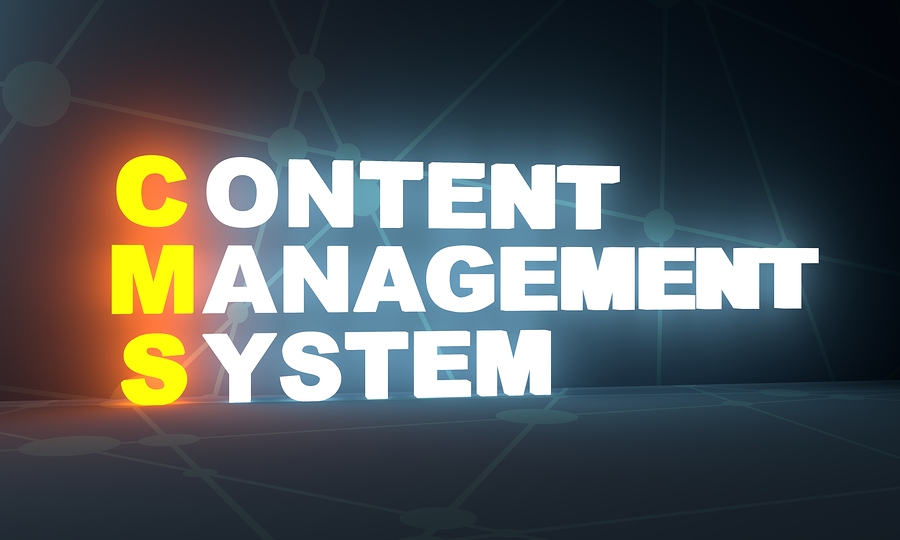
The Case for a Smarter Website Design
February 6, 2014
A Beginner’s Guide to Small Business Marketing
February 13, 2014Only 22 percent of marketers say they’re ahead of the curve when it comes to responsive design, according to eMarketer. Twenty-nine percent say they have an “average” experience level, 23 percent say they’re behind the times and 4 percent say they’re hopeless. Where does your business website stand?
Whether you’re hopeless or ahead of the curve, there is always room for improvement. The more of the following modern web design elements you can implement in your next redesign, the better.
1. Strong, simple branding
Many of today’s best modern websites feature a large image or background, a catchy tagline in a sans serif font and a very simple color palette of no more than two or three colors. They are garnished with an organized navigation, interactive buttons and eye-catching sliders in those same fonts and colors. You should have a custom style that your customers and visitors will be able to remember and recognize.
2. Sliders and hover effects
It is extremely important to provide a simple, organized navigation for users to locate the information they are looking for. Otherwise, their journey will stop at your homepage. Hover effects in your navigation and rotating sliders directly beneath it help visitors find their way through your site.
- Sliders – A slider can highlight the areas of your site that are the most important. Most sliders include three or four images that display on a loop, advertising a specific page on the site. For many businesses, the slider includes photos of their newest product or a photo promoting their blog.
- Hover effects – These effects help you organize your navigation and other areas of your site and, therefore, enhance your visitor’s experience. When a visitor places their cursor over part of your navigation, a hover effect – such as a change in color – can show them which page they are going to and which page they are currently on.
Not to mention, they make your site more dynamic and interactive for your users. According to Keynote, 46 percent of mobile users report having difficulty interacting with a web page and 44 percent complain that navigation was difficult.
3. Large, responsive product images
The term “responsive images” refers to photos that conform to any screen size – mobile, tablet or desktop – without the user having to scroll up, down or to either side.
In the same study of Fortune 500 websites mentioned previously, 63 percent use high quality images that connect with their users. And according to Margin Media, 48 percent of users say that if they arrive on a business site that isn’t working well on mobile, they take it as an indication of the business simply not caring.
- Image size – Large images allow businesses to give visitors a clearer picture of their products, as well as highlight specific features and benefits of each product.
- Response – People don’t use desktop computers exclusively anymore. They will come from their phones and tablets, too – and they should get the same experience as other visitors. Responsive images not only improve their experience, but prove your credibility as a modern company that understands the importance of mobility.
Websites tend to go on and on about their products in long paragraphs, rather than just cutting to the chase. While text information is necessary for your website, large product images provide a visual aid to supplement it. There are some aspects of a product that are simply too technical to explain in words.
4. Product videos
According to Inc. Magazine, 92 percent of B2B customers watch online video and 43 percent do so when researching products and services for their business.
In short, product videos can strongly influence purchases.
Like large product images, videos help visitors gain a better understanding your products – especially ones that cannot be explained with words or static images. Product videos are perfect for software, especially. They provide a platform for your experts and professionals to share their knowledge face to face with your site visitors, giving your website a more personal, interactive feel.
How will you revamp your website design?




